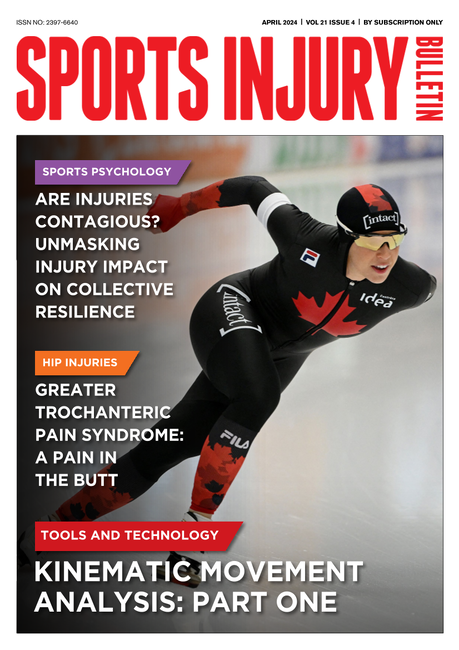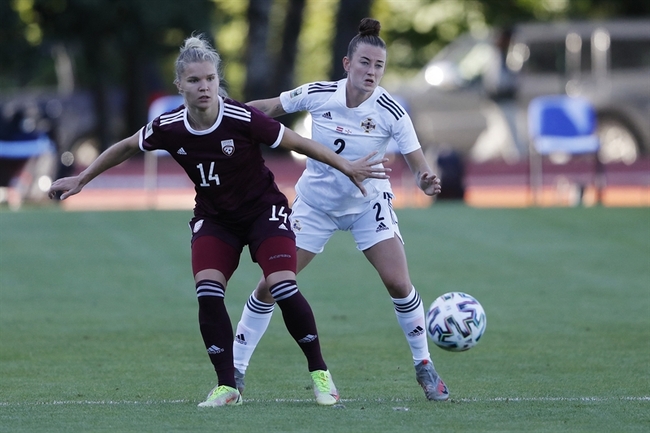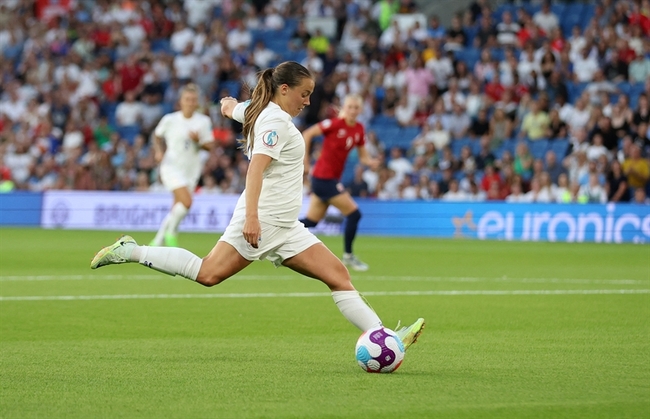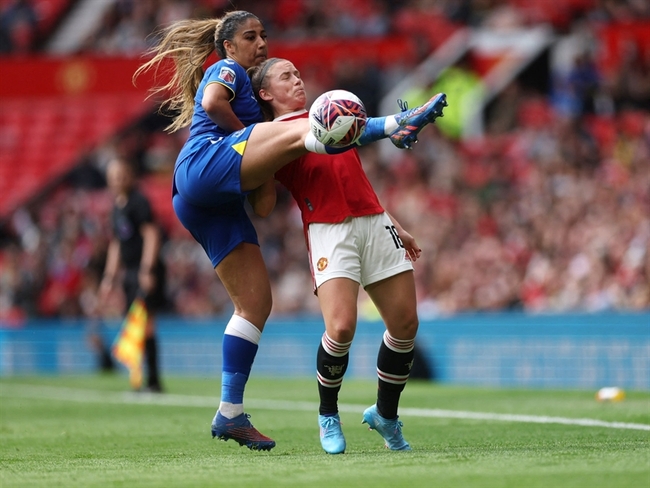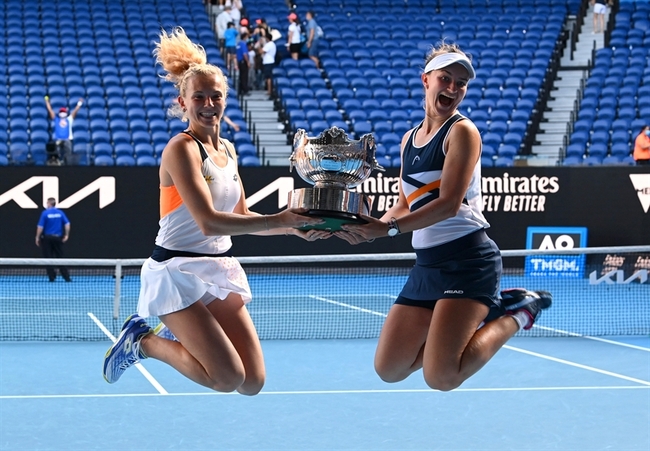Measuring cardiorespiratory fitness in youth
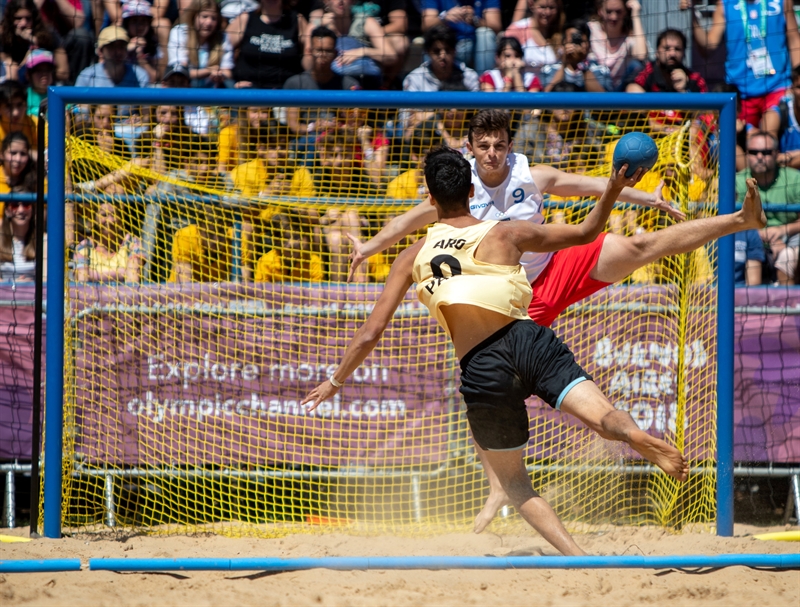
Children are pushed at younger ages to specialize in a sport and play at an elite (for their age) level. While kids of the same age remain roughly on the same ability level as children, performance gaps become more noticeable as they approach adolescence. It seems obvious that the bigger kids are for their age, the stronger and faster they are compared to their average peers. Does better performance mean better VO2max and cardiac output?
Though sometimes impractical to measure in youth programs, these metrics are often cited as a standard of cardiorespiratory fitness(CRF). One way sports professionals attempt to get around the need for labs and equipment in youth sports is by administering the 20-m shuttle run test (20mSRT) as a measure of CRF. Coaches and sports teams use the 20mSRT to predict VO2max and thus establish physical fitness in their athletes. However, the 20mSRT is not an indicator of CRF. Rather, it measures the ability and desire of athletes to shuttle between two lines 20 meters apart at ever-increasing speeds. The 20mSRT estimates CRF but doesn’t measure it directly.
In addition, the results of this test as a predictor of VO2max are reported as milliliter’s per kilogram per minute. In other words, the prediction is how many milliliters of oxygen the body can consume up to exhaustion per kilogram of body weight. Therefore, this ratio scaling penalizes those with less lean muscle and doesn’t deliver the desired measure of actual VO2max.
Because adolescence is a time of rapid change, using the results of a one-time 20mSRT as evidence of low CRF in a youth may unnecessarily flag that individual as needing fitness intervention. Or, a youth may miss the opportunity to participate in sport because of ‘missing the mark’ on a fitness test which penalizes those with more inert body mass. Youngsters often gain a bit of weight before a growth spurt, showing greater fat mass up to a year before they become lean and long. Therefore, any measure of childhood and adolescent fitness should have a longitudinal component(1).
The changes in CRF happens alongside the growth, maturity, and physical development of youth(1). This process remains individualized, leading some to blossom early as pre-teens and others to bloom closer to their twenties. This variation is what makes establishing age-related norms of CRF so difficult. To get around this problem, authors from the University of Exeter suggest using allometric modeling instead of body-mass ratio scaling(1). Allometric measures take into account how gender differences, changes in size, and body composition affect its function. When evaluated in this way, the results show that VO2max increases with age in both boys and girls, but the change as girls age is smaller than for boys(1).
Reference
- Sci. Sports Exerc. 2020;52(12):2563-2573
You need to be logged in to continue reading.
Please register for limited access or take a 30-day risk-free trial of Sports Injury Bulletin to experience the full benefits of a subscription. TAKE A RISK-FREE TRIAL
TAKE A RISK-FREE TRIAL
Newsletter Sign Up
Subscriber Testimonials
Dr. Alexandra Fandetti-Robin, Back & Body Chiropractic
Elspeth Cowell MSCh DpodM SRCh HCPC reg
William Hunter, Nuffield Health
Newsletter Sign Up
Coaches Testimonials
Dr. Alexandra Fandetti-Robin, Back & Body Chiropractic
Elspeth Cowell MSCh DpodM SRCh HCPC reg
William Hunter, Nuffield Health
Be at the leading edge of sports injury management
Our international team of qualified experts (see above) spend hours poring over scores of technical journals and medical papers that even the most interested professionals don't have time to read.
For 17 years, we've helped hard-working physiotherapists and sports professionals like you, overwhelmed by the vast amount of new research, bring science to their treatment. Sports Injury Bulletin is the ideal resource for practitioners too busy to cull through all the monthly journals to find meaningful and applicable studies.
*includes 3 coaching manuals
Get Inspired
All the latest techniques and approaches
Sports Injury Bulletin brings together a worldwide panel of experts – including physiotherapists, doctors, researchers and sports scientists. Together we deliver everything you need to help your clients avoid – or recover as quickly as possible from – injuries.
We strip away the scientific jargon and deliver you easy-to-follow training exercises, nutrition tips, psychological strategies and recovery programmes and exercises in plain English.


